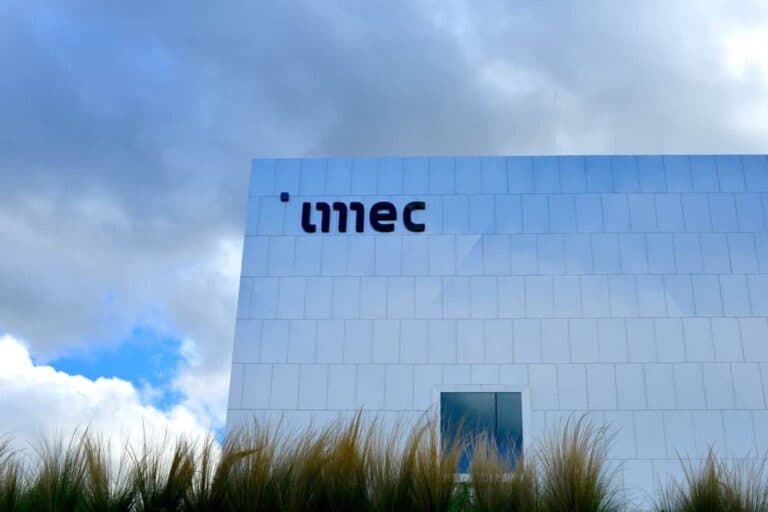Imec and Ghent University have jointly presented an innovation that takes microwave photonics to a new level. Their fully integrated chip combines optical and microwave signal processing on a single silicon chip, which is expected to lead to faster wireless networks and more cost-effective sensing applications.
The chip integrates high-speed modulators, optical filters, photodetectors, and transfer-printed lasers in a single compact system. This breakthrough enables the processing of high-efficiency signals at higher bandwidths with improved energy efficiency, paving the way for more efficient 5G/6G networks, satellite communications, and radar systems.
Challenges in current communication networks
Modern communication networks rely on both high-speed fiber optic connections and wireless radio-frequency transmission. As demand for higher data speeds and operation at higher frequencies grows, systems are faced with increasing signal processing complexity.
Most microwave photonics systems currently rely on large, fiber-based architectures. This significantly limits scalability. Previous attempts to integrate microwave photonics on a chip often lacked essential functionalities or required external components to perform fully.
Silicon photonics as a solution
The heart of the innovation lies in the combination of a reconfigurable modulator and a programmable optical filter. This unique combination enables efficient modulation and filtering of microwave signals. “The ability to integrate all essential microwave photonics components on a single chip marks a major step toward scalable and energy-efficient high-frequency signal processing,” says Professor Wim Bogaerts of the Photonics Research Group at Ghent University.
The chip is built on imec’s standard iSiPP50G silicon photonics platform. This includes low-loss waveguides, passive components, high-speed modulators and detectors, plus thermo-optic phase shifters for tuning the optical response. Using microtransfer printing technology, the researchers have placed an indium phosphide optical amplifier on the chip.
Tip: Flemish research institute Imec tests ASML’s latest chip machines
